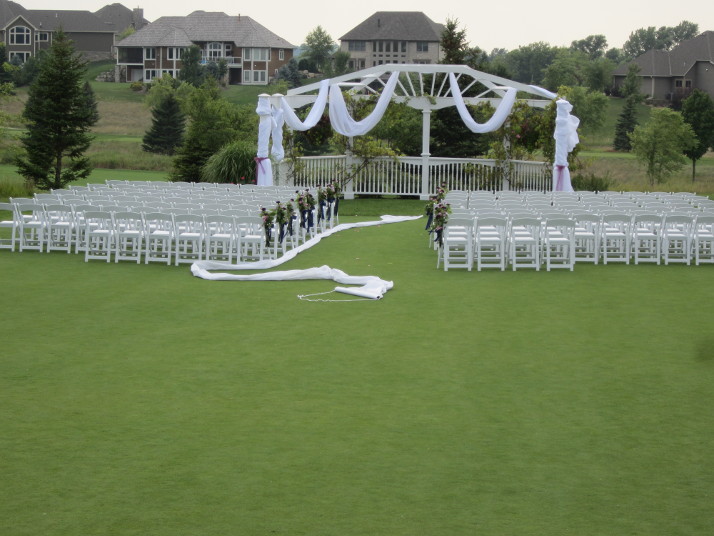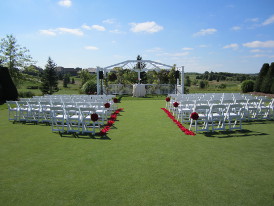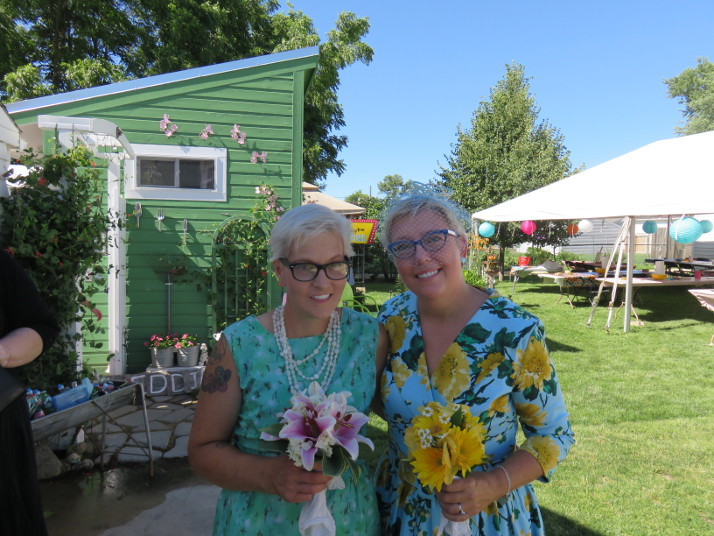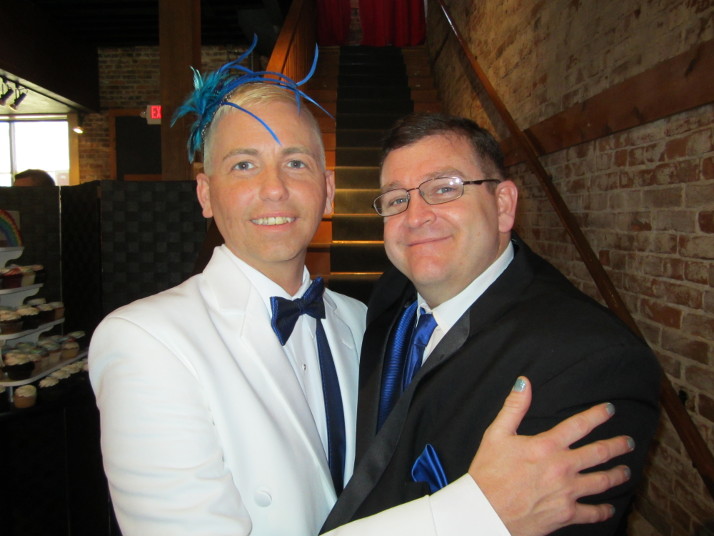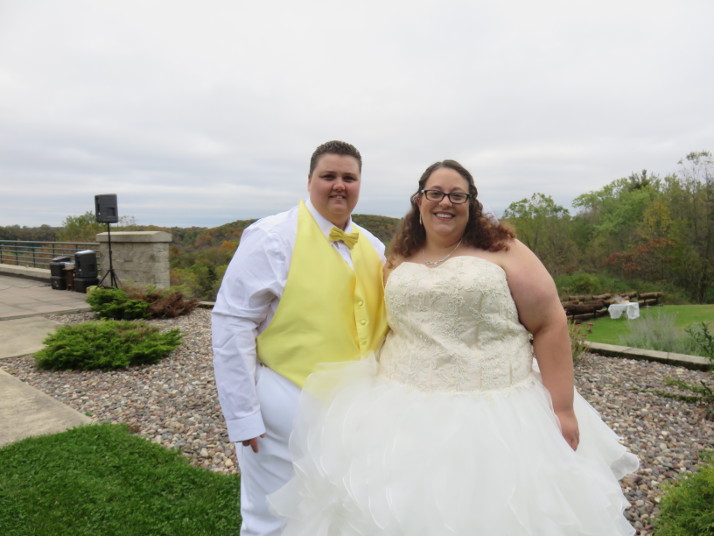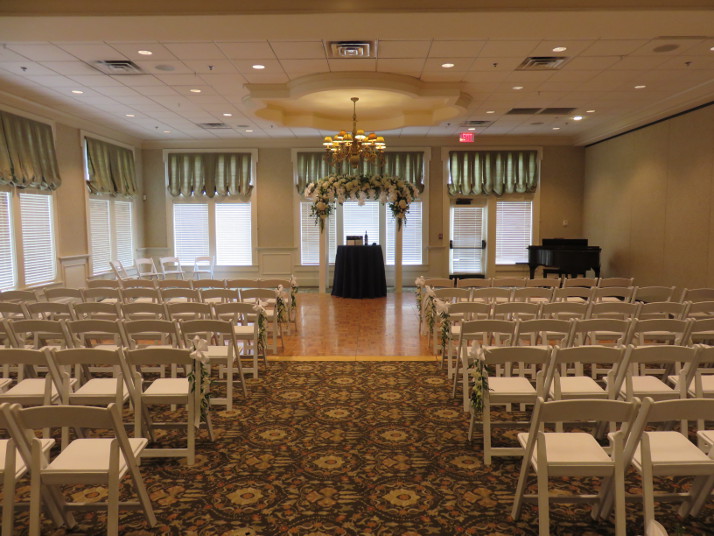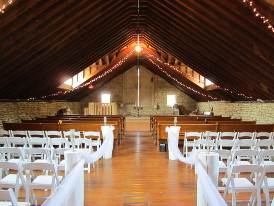Leaving Tradition Behind
Leaving tradition behind on your wedding day can allow you to personalize your event and also reduce the stress of the day. In recent weeks I’ve written about leaving tradition behind with regard to your wedding party and ceremony helpers. Today let’s consider other wedding ceremony traditions that are falling out of favor with couples.
Runners – These have been used for ages, first to keep “devils” from coming up through the stone floors in churches, and to help keep wedding dresses clean. However, runners at outdoor ceremonies are asking for trouble as the picture below shows. If you want to highlight your aisle, consider using flower petals as illustrated in the second picture.
Veils, especially veils over the bride’s face – While veils are a wonderful finishing touch for a bride, they can cause problems at outdoor ceremonies when they catch on twigs or blow in the wind. Since the bride’s identity is no longer a secret, veils are a fashion statement these days and not a necessity. Fascinators, decorative combs, clips or pins are often used by modern brides and carry over gracefully to the reception, too.
Giving away the bride – This is another antiquated concept that was part of wedding ceremonies when the bride was chattel being legally transferred from father to groom. It’s perfectly OK to pass on this part of the ceremony. No one will miss it, and it feels pretty inappropriate for many couples who have established their own lives and professions in advance of marriage.
Using “man and wife” when pronouncing the couple married. Currently options include “husband and wife”, “husbands together” or “wives together”. This keeps the couple on equal footing grammatically and offers options for same sex couples.
Similarly, the traditional introduction of “Mr and Mrs John Smith” is often replaced with “Mr and Mrs John and Mary Smith”, “… as a married couple, John Smith and Mary Jones”, or simply, “… as a married couple, John and Mary.” These options identify you as equal partners in the marriage and work well for same sex couples and couples where neither partner is changing their name.
If you find value or enjoyment in wedding traditions, it’s fine to incorporate them into your ceremony, but leaving tradition behind when planning your wedding is equally fine. Choose rituals, language, decor and attire that represents you as a couple, and it will feel comfortable and authentic.

